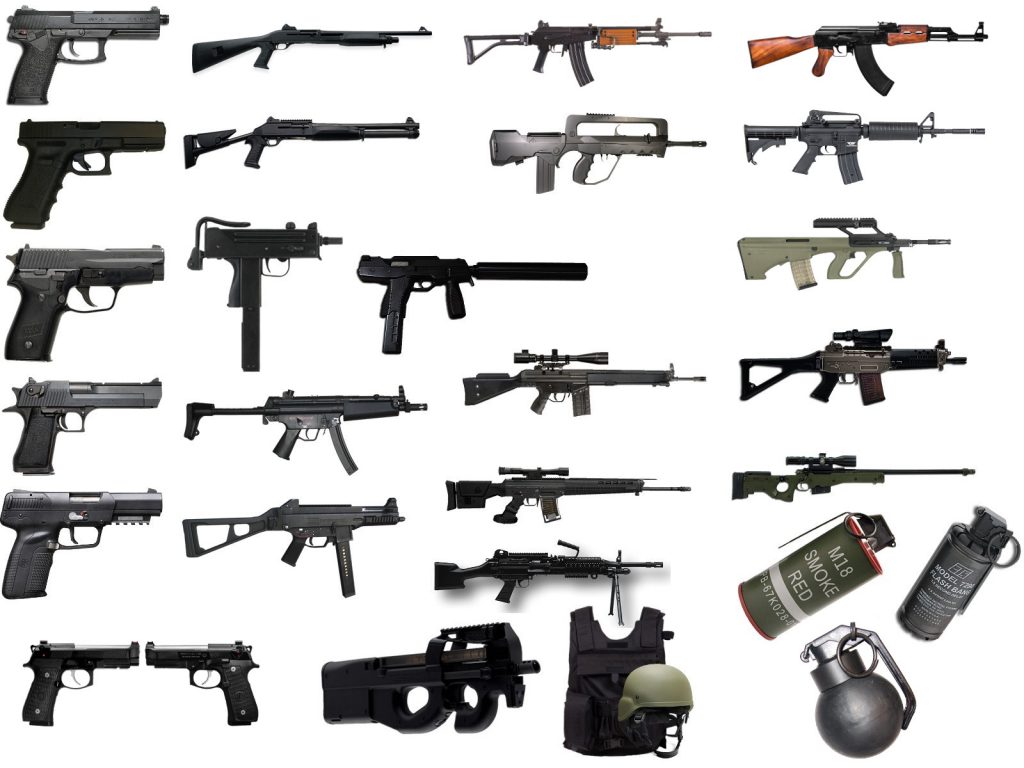
The article “Classes of Weapons: A Guide to the Different Types” offers an informative overview of the various categories of weapons and the specific criteria for their possession and use. In the United States, weapons are broadly categorized into three main classes: firearms, destructive devices, and other dangerous weapons. Firearms, which include handguns, shotguns, and rifles, are the most tightly regulated and require federal licensing for dealers, manufacturers, or importers. Purchasing firearms involves a background check and adherence to age and residency requirements.
Destructive devices, classified as Class II weapons, encompass a range of explosive and potentially hazardous items such as grenades, rockets, and missiles. Ownership of these devices demands stringent federal licensing, registration with the ATF, and tax payments. Due to their destructive nature, they are heavily regulated and not commonly owned by private citizens. Other dangerous weapons, which fall into Class III, include items like knives, brass knuckles, and truncheons. These are subject to varying state regulations but generally have fewer federal restrictions compared to the other classes.
The article also touches upon Class IV weapons, including rocket launchers and other explosive devices, which are illegal for most American citizens to own or trade, with exceptions for licensed law enforcement, military, and government officials. It concludes by emphasizing the importance of understanding and adhering to the legal requirements for weapon possession, ensuring responsible and safe usage.
What are the classes of weapons?
In the United States, there are three classes of weapons:
- firearms,
- destructive devices,
- other dangerous weapons.
Each class has different requirements for gun ownership.
How are weapons classified?
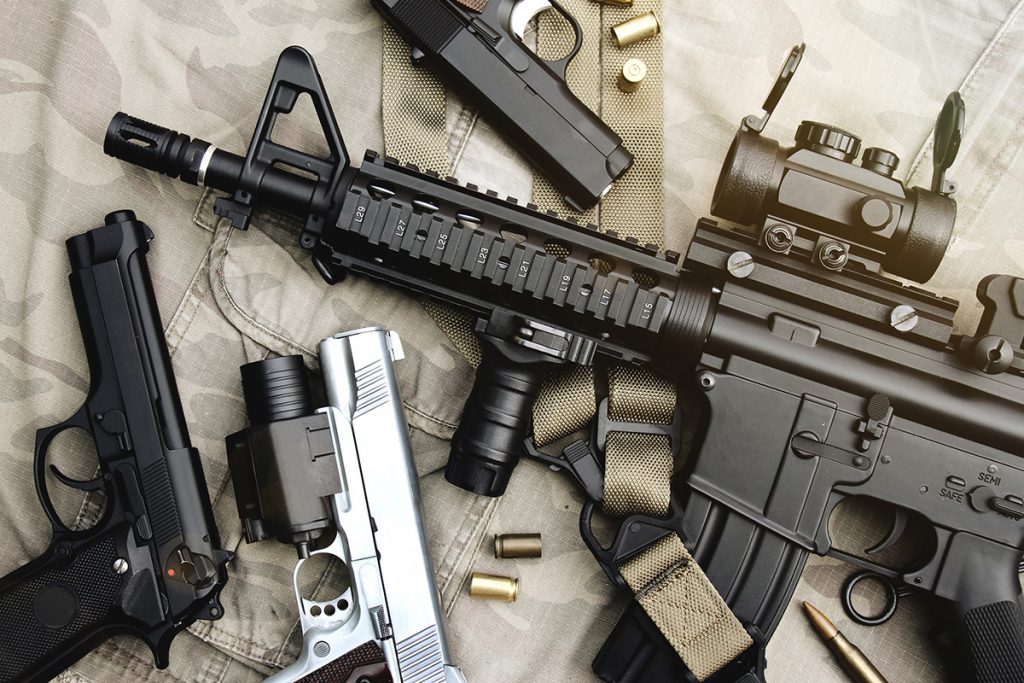
The Bureau of Alcohol, Tobacco, Firearms, and Explosives (ATF) is responsible for classifying weapons.
They use a number of factors to determine which class a weapon falls into, including:
- The weapon’s intended use
- Its size and weight
- Whether it is designed to be concealed or not
- The amount of damage it can cause
- Whether it is considered a military weapon or not
What are class 1 weapons ? Ownership Requirements.
Class 1 weapons are firearms.
They include handguns, shotguns, and rifles.
To own a class 1 weapon, you must be a federally licensed firearms dealer, manufacturer, or importer.

Firearms are the most restricted class of weapons.
To purchase a firearm, you must first pass a background check.
This check includes questions about your criminal history, mental health, and drug use.
You will also need to provide proof of residency in the state in which you wish to purchase the weapon.
You must also be at least 21 years old to purchase a handgun, and 18 years old to purchase a long gun.
It should be noted that Class 1 Weapons don’t exceed semi-automatic weapons (one pull of the trigger fires one projectile)
Examples of class 1 weapons

A few examples of class I weapons are:
- Glock 19: A handgun that is popular among law enforcement and private citizens. It is a semi-automatic pistol that uses a magazine to hold the ammunition.
- AR-15: A rifle that is commonly used by the military and law enforcement.
It is a gas-operated, air cooled rifle that can be fired in either automatic or semiautomatic mode.

- Remington Model 700: A bolt-action rifle that is popular among hunters and marksmen.
It has a wood stock and can be fitted with a scope for long range shooting.
Which weapons are class 2? Ownership Requirements
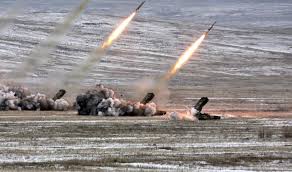
Class II weapons are destructive devices.
This class includes bombs, grenades, rockets, missiles and any other device designed to explode or release harmful substances.
To own a class II weapon, you must be a federally licensed firearms dealer, manufacturer, or importer.
You must also register the weapon with the ATF and pay a tax.
Destructive devices are heavily regulated and there is a limited market for them.
As such, they are not commonly owned by private citizens.
You must also pass a background check and provide proof of residency in the state in which you wish to purchase the weapon.
You will also be required to fill out paperwork detailing the purpose for which you intend to use the explosives.
There is no minimum age requirement to purchase a class II weapon.
However, you must be 21 years old to purchase explosives such as dynamite or blasting caps.
You must also have a license to transport these types of explosives.
Examples of class 2 weapons

A few examples of class II weapons are:
- Grenades: Devices that are designed to explode and cause damage to people or property.
- Molotov cocktails: Glass bottles filled with flammable liquid and a cloth wick.
They are typically used as improvised explosive devices.

- Rockets: Devices that are propelled through the air by a rocket engine.
They can be either armed with explosives or designed to carry payloads such as satellites.
- Missiles: Devices that are guided through the air by a system of fins or wings.
They can be armed with explosives or designed to carry payloads such as nuclear weapons.

- Mines: Devices that are designed to explode when someone steps on them or they come into contact with a vehicle.
Anti-tank mines are one type of mine that is designed to destroy vehicles.
- Cluster bombs: Devices that release multiple smaller explosives, or bomblets, over a wide area.
They are typically used against ground targets such as troops or vehicles.
Which weapons belong to class 3? Ownership Requirements
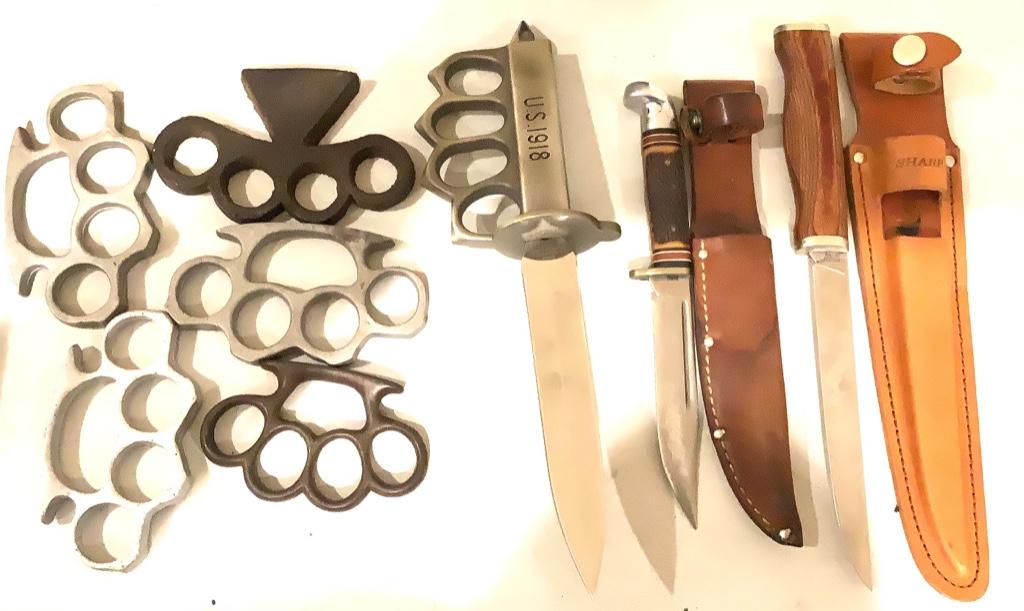
Other dangerous weapons include knives, brass knuckles, truncheons, and any other weapon that is not classified as a firearm or destructive weapon.
There are no federal regulations for these weapons, but some states have laws governing their acquisition and possession.
There are no age restrictions on purchasing knives, and you do not have to undergo a background check.
However, there are some restrictions on what types of knives you can carry in certain states.
For example, it is illegal to carry a switchblade knife in California.
Examples of class 3 weapons

A few examples of class III weapons are:
- Knives: A sharpened piece of metal that is used as a cutting tool.
- Brass knuckles: A metal device that is worn over the knuckles to increase the damage inflicted by a punch.
- Truncheons: A club or baton that is used as a weapon.
- Nunchaku: Two sticks connected by a chain or rope, often used in martial arts.
- Sai: A three-pronged sword, often used in martial arts.
- Tonfa: A wooden stick with a handle, often used in martial arts.
- Kama: A sickle-like weapon, often used in martial arts.
What weapons are class 4 weapons?Ownership Requirements

The last and highest class of Weapons, sometimes referred to as Class 4, covers what the NFA (National Firearms Act) calls, Destructive Devices or DD’s.
Destructive Devices are bombs, grenades, dynamite, rocket launchers.
Class 4 Weapons or DD’s cover anything that explodes, or launches an exploding device.
Class IV weapons are illegal to own, manufacture, sell, trade, import, export, or own parts for, by any American citizen other than properly licensed LEO’s, Military, and government officials.
Examples of class 4 weapons

A few examples of class IV weapons are:
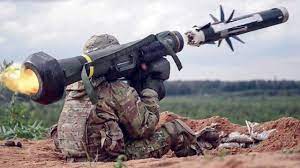
- Bombs: An explosive device that is designed to cause damage to people or property.
- Grenades: A small explosive device that is thrown by hand or launched from a grenade launcher.
- Dynamite: A high-explosive that is used in demolition and mining.
- Rocket Launchers: A device that launches a rocket-propelled projectile.
- Mortars: A weapon that fires projectiles at a high angle, typically used in indirect fire support.
- Howitzers: A cannon that is capable of firing shells at a high angle, typically used in indirect fire support.
What are class 5 weapons? Ownership Requirements
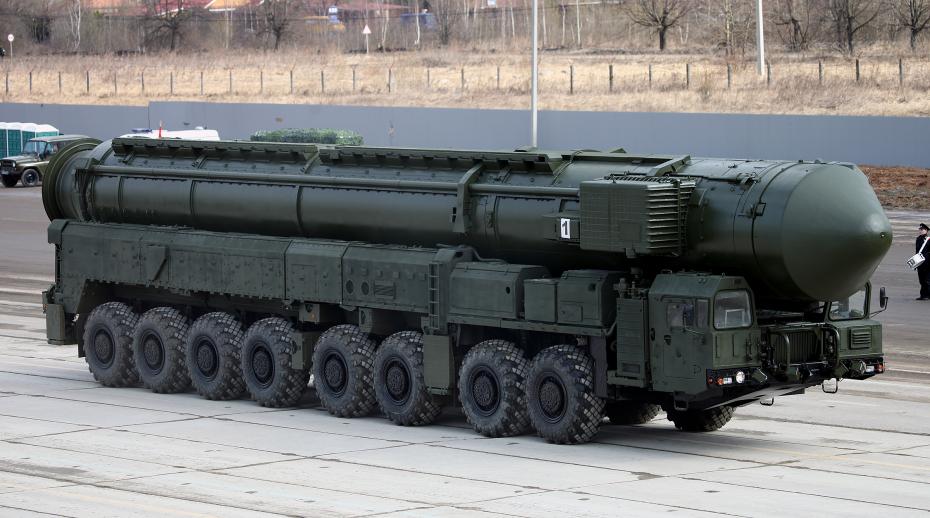
Class five would be considered experimental weapons, or weapons of mass destruction, which are illegal for civilians to own.
Examples of class 5 weapons
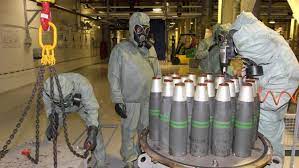
A few examples of class V weapons are:
- Chemical weapons: Weapons that are designed to cause death or injury through the use of chemicals.
- Biological weapons: Weapons that are designed to cause death or disease by using living organisms.
- Nuclear weapons: Devices that release energy through nuclear fission or fusion.
- Radiation weapons: Devices that emit harmful radiation, such as a microwave weapon.
What classes of weapons are regulated by the National Firearms Act?
The National Firearms Act (NFA) regulates the sale and transfer of certain classes of weapons.
These include machine guns, silencers, short-barreled rifles, and shotguns.
The NFA was enacted in 1934 in response to the rise of gang violence in the United States.
The NFA imposes a tax on the manufacture and sale of these weapons, and requires that they be registered with the federal government.
The NFA also prohibits the transfer of these weapons to certain classes of people, such as felons and minors.
In order to purchase a weapon regulated by the NFA, you must submit an application to the Bureau of Alcohol, Tobacco, Firearms and Explosives (ATF).
You will also be required to pay a tax on the weapon. The ATF will conduct a background check on you before approving your application.
There is no minimum age requirement to purchase a weapon regulated by the NFA. However, you must be 21 years old to purchase a machine gun.
You will also be required to fill out paperwork detailing the purpose for which you intend to use the weapon.
The three main groups into which classes of firearms are divided:

Unrestricted
Unrestricted weapons are those that any person can buy and use without a license or permit.
Restricted
Restricted weapons are those that require a license or permit to purchase or use.
Prohibited
Prohibited weapons are those that no one is allowed to own or use.
In Canada, prohibited weapons include automatic firearms, sawed-off shotguns and rifles, handguns with a barrel length shorter than 105 mm, certain types of ammunition.
Conclusion

So, that’s a brief overview of the classes of weapons and some of the requirements for possessing them.
Remember, if you’re ever unsure about whether or not you’re allowed to carry a particular type of weapon, it’s always best to err on the side of caution and check with your local law enforcement agency.
Now that you know the classes of weapons, you can start your search for the perfect one for you!
Just remember to follow all the laws and regulations regarding gun ownership in your state. Stay safe!
